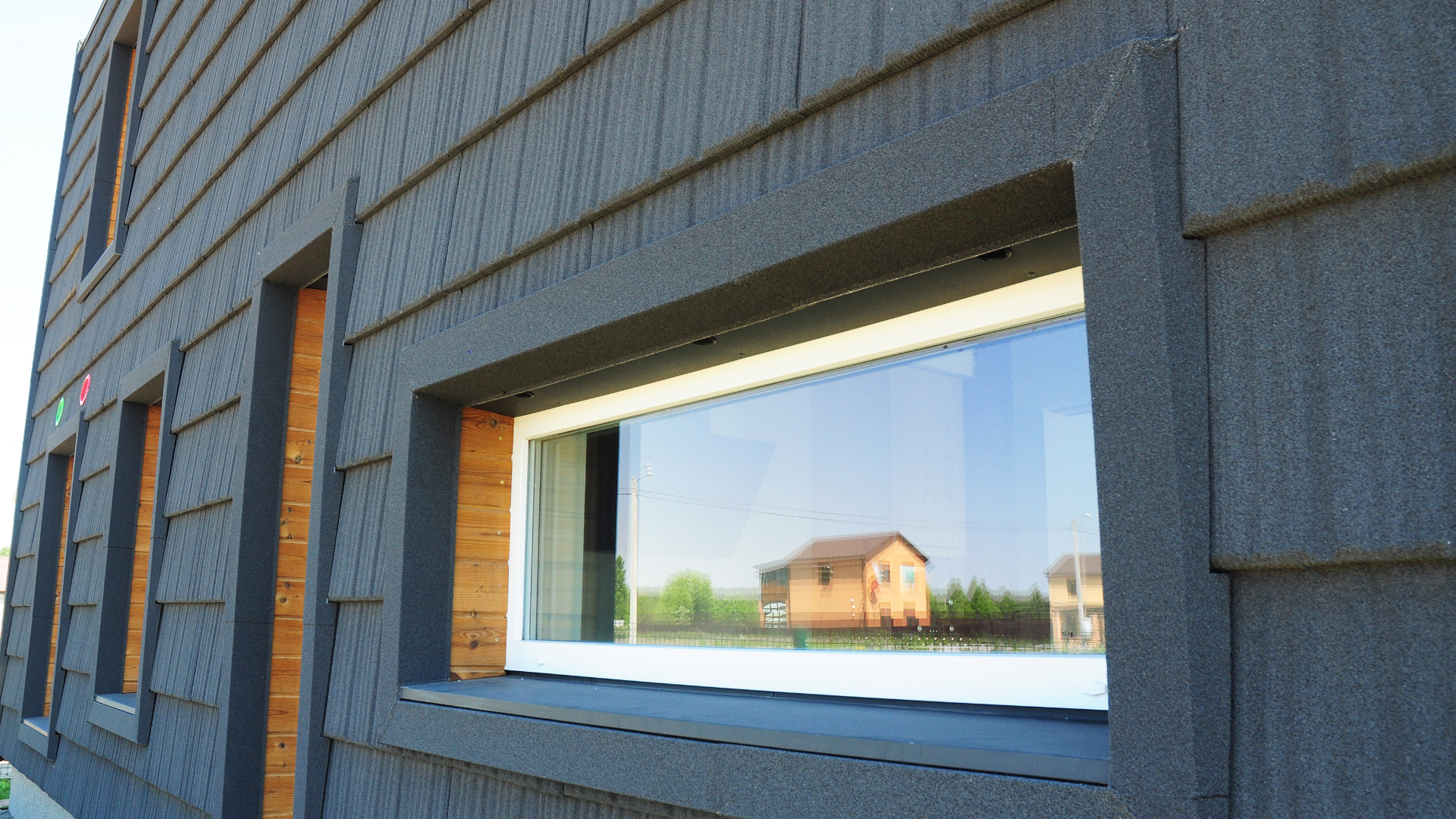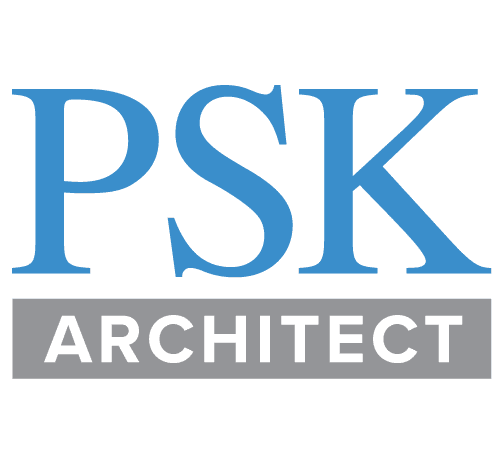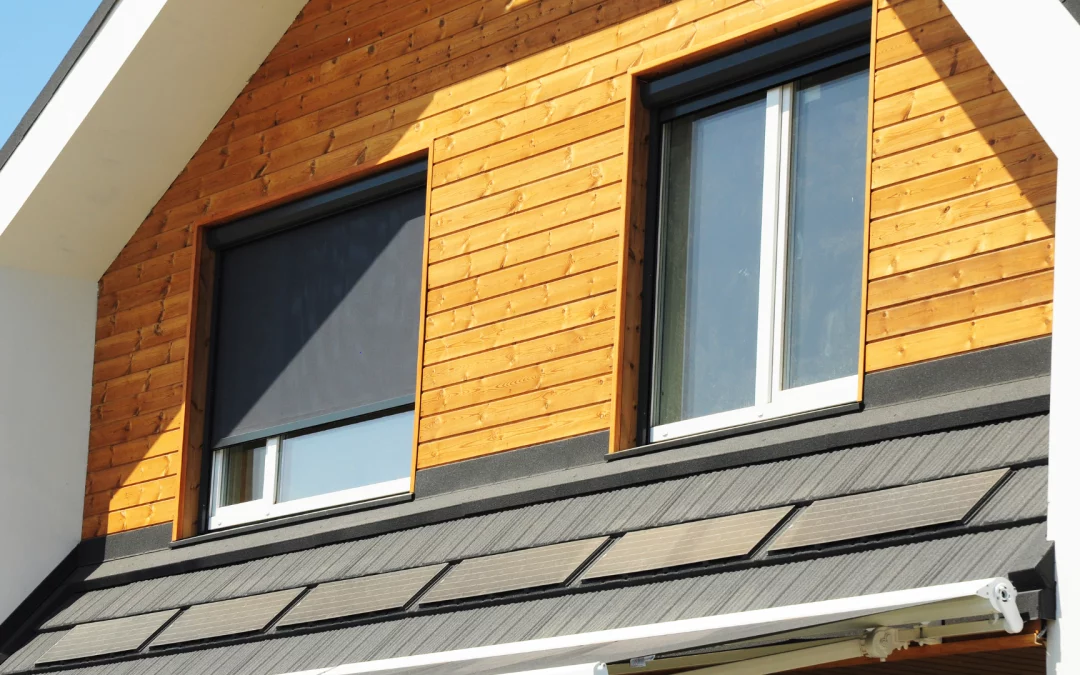Passive House explained
A Passive House, also known as Passivhaus, is a rigorous, voluntary standard for energy efficiency in building design and construction. The primary goal of a Passive House is to create highly energy-efficient and comfortable buildings with minimal energy consumption, significantly reducing the ecological footprint of the structure. The concept originated in Germany in the 1990s and has gained popularity worldwide as a sustainable building design approach.
The main principles of a Passive House include:
Superinsulation: Passive Houses are heavily insulated, using high-performance insulation materials to minimize heat loss and gain through the building envelope (walls, roof, and floor).
Airtightness: The building is constructed to be extremely airtight, ensuring that there are minimal air leaks, which reduces the infiltration of outside air and helps maintain consistent indoor temperatures.
Thermal Bridge-Free Design: Thermal bridges are areas where heat can escape or enter the building more easily, compromising energy efficiency. Passive Houses aim to minimize or eliminate these thermal bridges through careful design and construction.
High-Performance Windows and Doors: Passive Houses use triple-glazed windows and insulated doors with airtight seals to prevent heat loss and maximize solar gain.
Ventilation with Heat Recovery: Since Passive Houses are airtight, controlled ventilation is essential for maintaining indoor air quality. Mechanical ventilation systems with heat recovery are used to preheat incoming fresh air using the heat from the outgoing stale air, reducing the energy required for heating.
Solar Orientation: Passive Houses are designed to make the best use of solar energy for heating, cooling, and lighting. Proper solar orientation and strategic placement of windows contribute to passive solar heating.
Energy-Efficient Appliances and Lighting: Energy-efficient appliances and lighting fixtures are used to further reduce energy consumption within the building.
Passive Houses can achieve up to a 90% reduction in heating and cooling energy compared to conventional buildings, significantly lowering the building’s environmental impact. They also provide a high level of indoor comfort, with stable indoor temperatures and excellent indoor air quality. While the construction and design requirements may add some initial costs, the long-term energy savings and environmental benefits make Passive Houses an attractive option for sustainable and eco-friendly construction.


